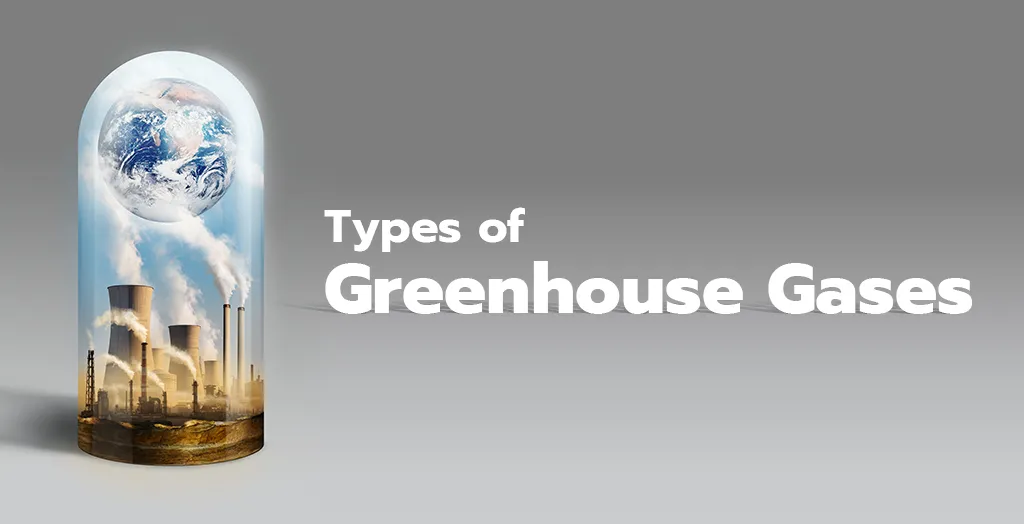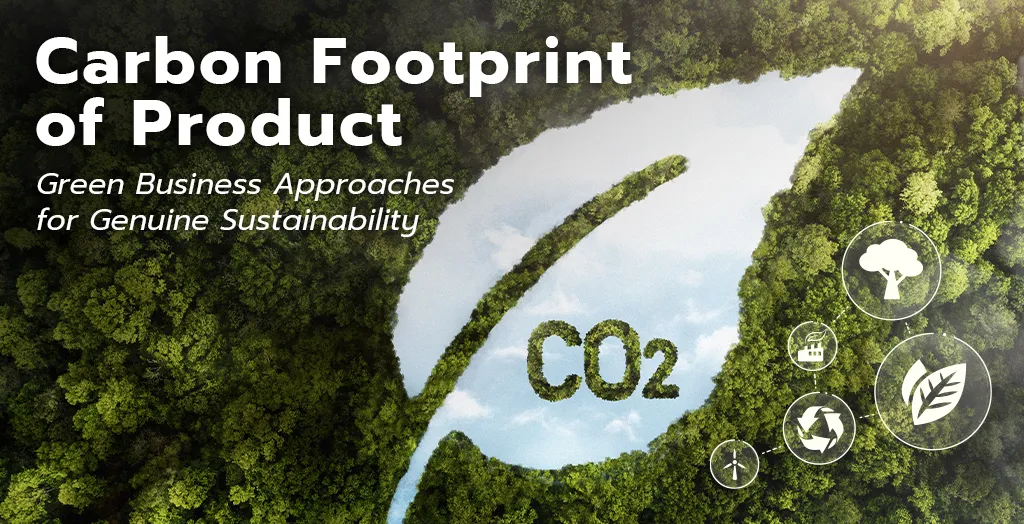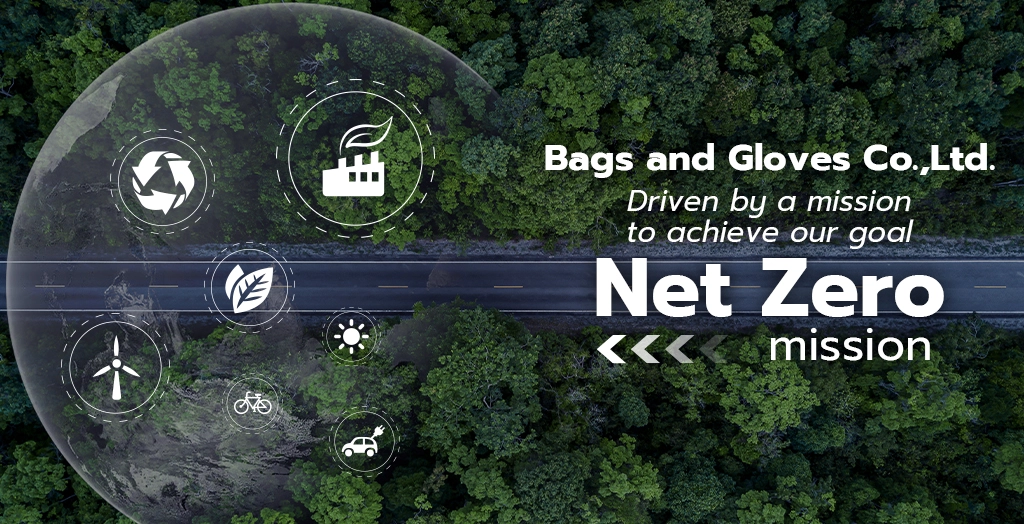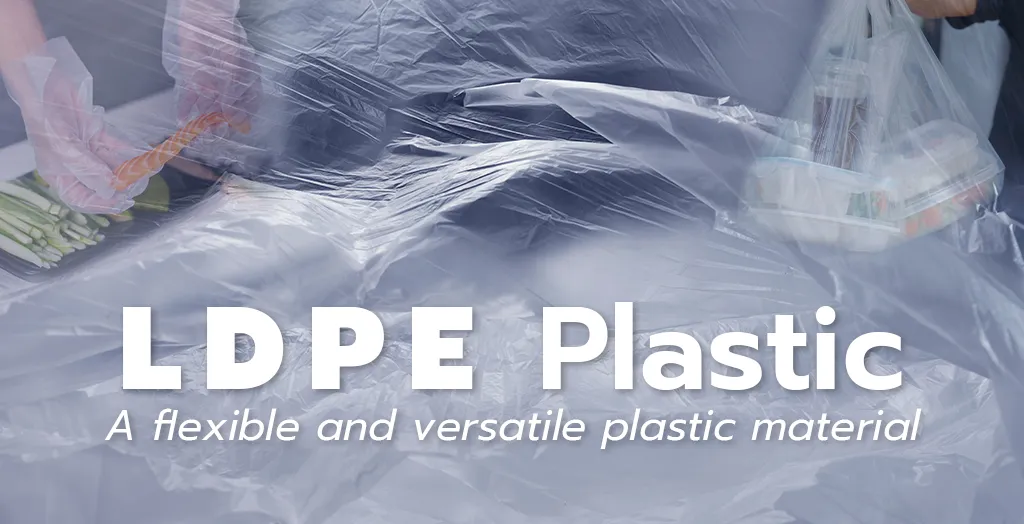The term Greenhouse Gases (GHG) refers to gases in the Earth’s atmosphere that trap heat and help maintain the planet’s temperature. However, when these gases accumulate in excess, they contribute to global warming and climate change.
GHG can occur naturally or be released through human activities — both of which have a significant impact on the planet’s climate system.
Types of Greenhouse Gases
Naturally Occurring Greenhouse Gases
- Water Vapor (H₂O) – The most abundant natural greenhouse gas, helping regulate Earth’s temperature.
- Ozone (O₃) – Protects the Earth from UV radiation in the upper atmosphere, but can become a pollutant when concentrated closer to the ground.
- Carbon Dioxide (CO₂) – Produced naturally from respiration, volcanic eruptions, and the decomposition of organic matter, but also released from burning fossil fuels.
- Methane (CH₄) – Emitted from wetlands, livestock digestion, and the decay of organic waste.
- Nitrous Oxide (N₂O) – Released from soil cultivation, animal waste, and industrial processes.
Human-Made Greenhouse Gases
- Hydrofluorocarbons (HFCs) – Commonly used in air conditioners and refrigeration systems.
- Perfluorocarbons (PFCs) – Found in the electronics manufacturing industry.
- Sulfur Hexafluoride (SF₆) – Used in high-voltage electrical equipment.
- Nitrogen Trifluoride (NF₃) – Emitted from semiconductor production.
What Causes Greenhouse Gas Emissions?
1. Burning Fossil Fuels
The largest source of greenhouse gas emissions worldwide.
- Examples: Power generation, industrial machinery, and transportation.
- Fuels: Coal, crude oil, and natural gas.
- Main gases: CO₂ and N₂O.
- Impact: Massive CO₂ emissions accelerate global warming.
2. Agricultural Activities
- Livestock farming: Cows and sheep emit methane during digestion.
- Rice cultivation: Flooded paddies produce methane through anaerobic decomposition.
- Fertilizer use: Releases nitrous oxide, a highly potent greenhouse gas.
3. Waste Management
- Landfills: Organic waste decomposes without oxygen, releasing methane.
- Waste incineration: Emits CO₂ and other harmful pollutants.
- Untreated wastewater: Produces methane through fermentation.
4. Deforestation
Trees absorb CO₂ through photosynthesis. When forests are cut down, stored carbon is released back into the atmosphere, increasing global CO₂ levels.
5. Industrial Processes
Cement, steel, and plastic production require vast amounts of energy and release large quantities of CO₂.
The electronics and refrigeration industries also emit fluorinated gases (HFCs, PFCs, SF₆) — though small in volume, they are extremely heat-trapping.
6. Transportation
Vehicles powered by gasoline and diesel emit CO₂ continuously.
Traffic congestion, air travel, and global shipping also contribute significantly to global emissions.
The Effects of Greenhouse Gases
1. Global Warming
Excess GHG traps heat, raising the Earth’s average temperature.
- The planet has already warmed by around 1.2°C since the pre-industrial era.
- More frequent heatwaves, wildfires, and droughts are now seen worldwide.
2. Melting Glaciers and Ice Caps
Ice in polar regions and mountain glaciers is melting faster than ever, driving up sea levels and threatening polar wildlife like polar bears.
3. Rising Sea Levels
Melting ice and thermal expansion cause sea levels to rise, leading to coastal flooding in low-lying areas — including parts of Thailand’s Samut Prakan and Samut Sakhon.
4. Climate Disruption
Unpredictable weather patterns: some areas face extreme rainfall, others experience prolonged drought. Stronger typhoons and hurricanes are becoming more common.
5. Ecosystem Disruption
- Shifting animal migration patterns.
- Coral bleaching caused by warmer oceans.
- Expansion of disease-carrying insects.
6. Food Security Risks
- Irregular rainfall damages crops like rice, maize, and coffee.
- Floods and droughts threaten yields.
- Food shortages push prices up, hitting low-income communities hardest.
7. Human Health Impacts
- Heat-related illnesses and respiratory problems are on the rise.
- Vector-borne diseases (e.g., dengue, malaria) spread to new areas.
- Mental health issues like anxiety and depression increase after repeated climate disasters.
8. Economic Consequences
- High recovery costs from climate-related disasters.
- Impacts on agriculture, fisheries, and tourism.
- Rising insurance premiums and healthcare expenses.
9. Social and Security Issues
- Increasing climate refugees displaced by floods and droughts.
- Growing conflicts over food, water, and land.
- Global security concerns as climate change becomes a geopolitical risk.
Measuring Greenhouse Gases: The 7 Key Types
The Intergovernmental Panel on Climate Change (IPCC) monitors and evaluates seven major greenhouse gases due to their varying impacts on global temperature:
CO₂, CH₄, N₂O, HFCs, PFCs, SF₆, and NF₃.
Each gas is measured by its Global Warming Potential (GWP) — a metric that compares its ability to trap heat in the atmosphere relative to carbon dioxide (CO₂), which has a baseline GWP of 1.
What Is Global Warming Potential (GWP)?
GWP measures how much heat a gas can trap over a 100-year period compared to CO₂.
The higher the GWP value, the stronger its warming effect.
| Gas | GWP (100 years) | Meaning |
| CO₂ | 1 | Baseline |
| CH₄ (Methane) | 28 | Traps 28× more heat than CO₂ |
| HFC-134a (Refrigerant) | 1,300 | Traps 1,300× more heat than CO₂ |
Even small amounts of high-GWP gases can dramatically intensify global warming.
Bags and Gloves Co., Ltd. — Reducing GHG Every Step of the Way
At Bags and Gloves Co., Ltd., we are deeply committed to minimizing greenhouse gas emissions across all production stages.
Our sustainability approach includes:
- Using eco-friendly and certified biodegradable materials that decompose naturally without leaving microplastics.
- Manufacturing Low-Carbon Plastic Gloves, which release less CO₂ during production.
- Implementing energy-efficient manufacturing systems.
- Transitioning to clean and renewable energy sources throughout our operations.
Every step we take supports our mission to deliver high-quality protective solutions while protecting the planet for future generations.
Learn more about our sustainable products and initiatives at:
https://www.bagglove.com/







